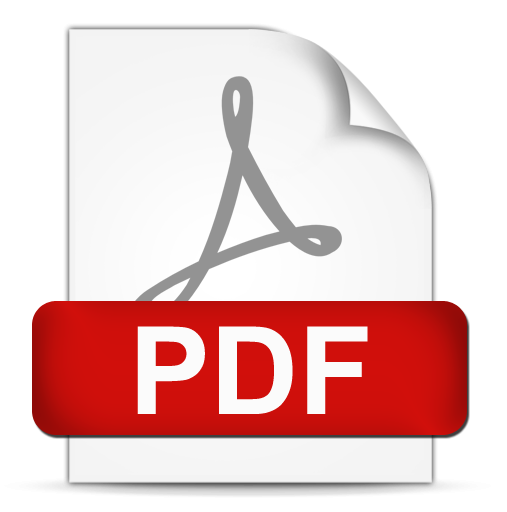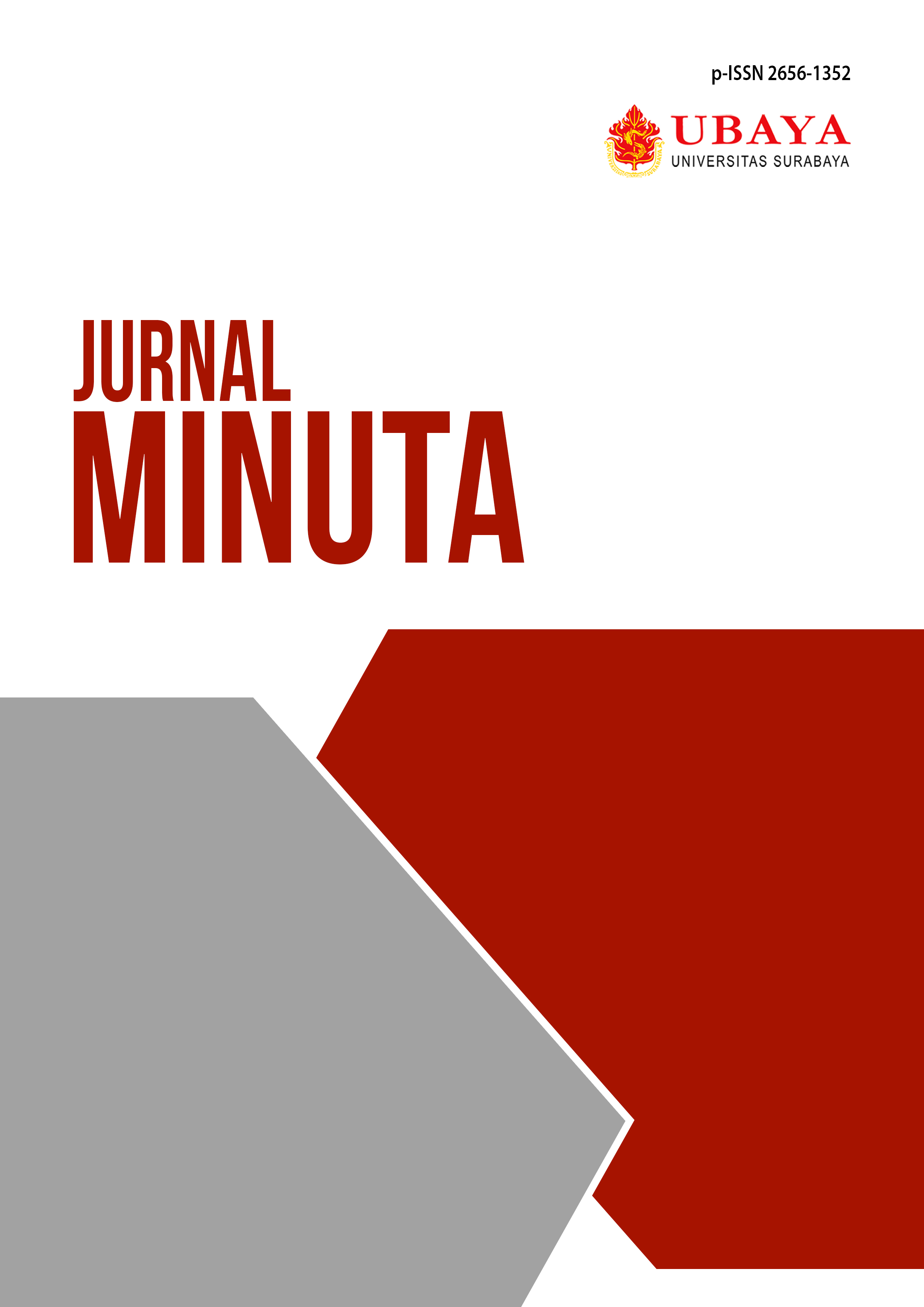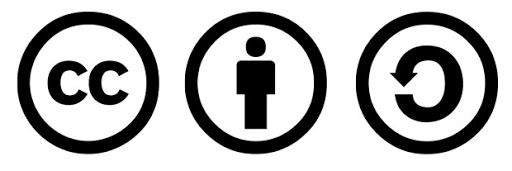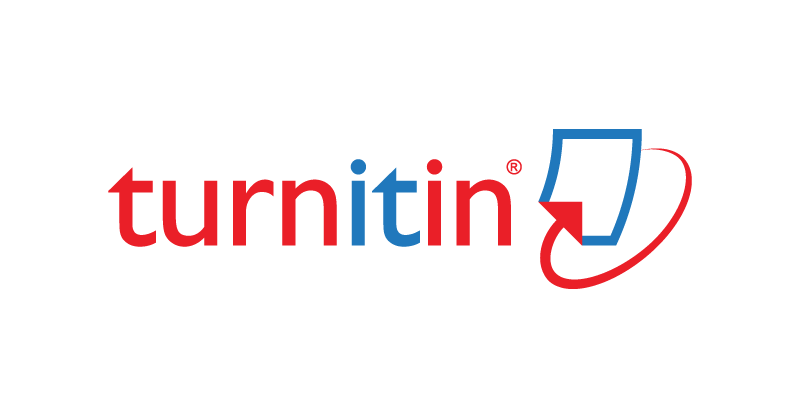Politik Hukum: Sertipikat Elektronik pada Sertipikat Ganda
 Abstract Views:
162 times
Abstract Views:
162 times
 pdf Downloads:
137 times
pdf Downloads:
137 times
Abstract
The use of electronic certificates in land ownership in the digital era offers a modern solution, but also faces challenges in handling cases of dual certificates. This article examines the process of proving electronic certificates when there is a dispute over claims of dual ownership, as well as how legal protection is provided to ensure the validity and security of electronic land certificates. Through a legal analysis, this article discusses verification mechanisms that can strengthen the authenticity of electronic certificates, including the use of technologies such as blockchain as an effort to increase transparency and public trust. In addition, this article also evaluates the guarantee of protection provided for electronic land certificates, which include the arrangement of unique codes, QR codes, and limited access policies on certain applications such as Sentuh Tanahku which can only be accessed by related parties, such as the government, Notaries, and PPAT. Obstacles in proving the legality of electronic certificates in court are also discussed, especially regarding the validity of data and the recognition of electronic certificates as valid evidence. By identifying the obstacles and opportunities in the implementation of electronic certificates, this article provides insight into the steps needed so that electronic certificates can become a valid and trusted instrument of proof of land ownership in resolving dual certificate conflicts.
Keywords: Electronic Land Certificate, Overlapping Certificate, Evidence, Legal Certainty
Downloads

This work is licensed under a Creative Commons Attribution-ShareAlike 4.0 International License.
All articles published in MINUTA are licensed under a Creative Commons Attribution-ShareAlike 4.0 International (CC BY-SA) license. This means anyone is free to copy, transform, or redistribute articles for any lawful purpose in any medium, provided they give appropriate attribution to the original author(s) and MINUTA, link to the license, indicate if changes were made, and redistribute any derivative work under the same license.
Copyright on articles is retained by the respective author(s), without restrictions. A non-exclusive license is granted to MINUTA to publish the article and identify itself as its original publisher, along with the commercial right to include the article in a hardcopy issue for sale to libraries and individuals.
Although the conditions of the CC BY-SA license don't apply to authors (as the copyright holder of your article, you have no restrictions on your rights), by submitting to MINUTA, authors recognize the rights of readers, and must grant any third party the right to use their article to the extent provided by the license.

 DOI:
DOI:







